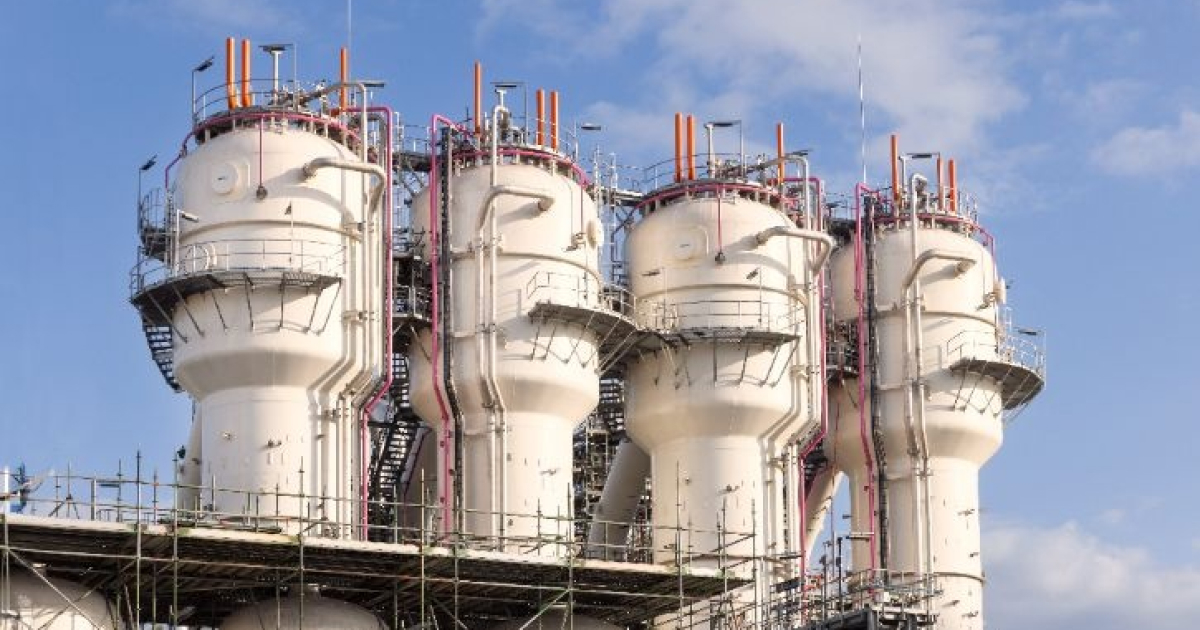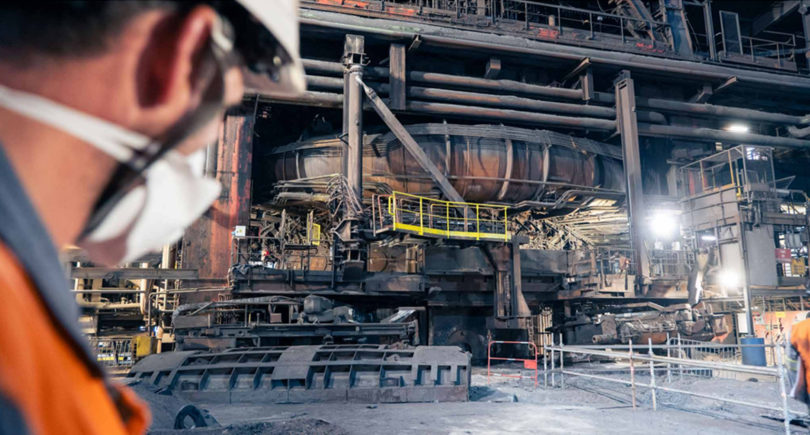
News Companies ArcelorMittal 357 23 June 2025
Innovative ethanol plant fails to become profitable due to regulatory restrictions
The Belgian innovative Steelanol plant of the global mining and metallurgical company ArcelorMittal, which converts carbon gases from blast furnaces into ethanol, may be threatened with closure due to difficulties with European regulations. Although the €215 million project has great climate potential, the company says that current regulations are preventing it from becoming profitable.
The Steelanol plant is a key element of ArcelorMittal Belgium’s decarbonization strategy, which includes improving energy efficiency, transitioning to a circular economy, electrifying processes, and developing “smart carbon.” In addition to producing bioethanol from blast furnace gas, the company is also investing in the Torero plant, which produces biochar from wood, and is exploring underground CO2 storage options.
However, changes in EU legislation, adopted after the decision to build the plant in 2017, significantly limit the recognition of Steelanol products as biofuel or secondary fuel. Due to the complex calculation method, the volumes of bioethanol that can be officially counted are significantly lower than expected. In addition, for ethanol to be recognized as a secondary fuel, a 70% reduction in CO2 emissions must be proven, which is hampered by the high carbon intensity of the Belgian power grid.
ArcelorMittal also points out that it cannot take into account carbon reductions from Steelanol in the overall balance, as the EU only recognizes long-term CO2 storage, while the combustion of ethanol releases carbon dioxide again.
The company is continuing its dialogue with the authorities in Flanders, Belgium, and the EU with a view to revising approaches to assessing the climate effects of innovative technologies.
As a reminder, ArcelorMittal recently announced a revision of its decarbonization forecasts. The transition to steel production technologies using direct reduced iron (DRI) based on environmentally friendly hydrogen, carbon capture, utilization, and storage (CCUS) is unlikely to be economically viable before 2030. To accelerate the process, policies are needed to overcome the high capital and operating costs associated with the relevant processes. In the context of full-scale war, the current target of reducing emissions by 68-73% by 2035 from 1990 levels, as set out in Ukraine’s draft Second Nationally Determined Contribution (NDC2) to the Paris Agreement, may be quite ambitious.




